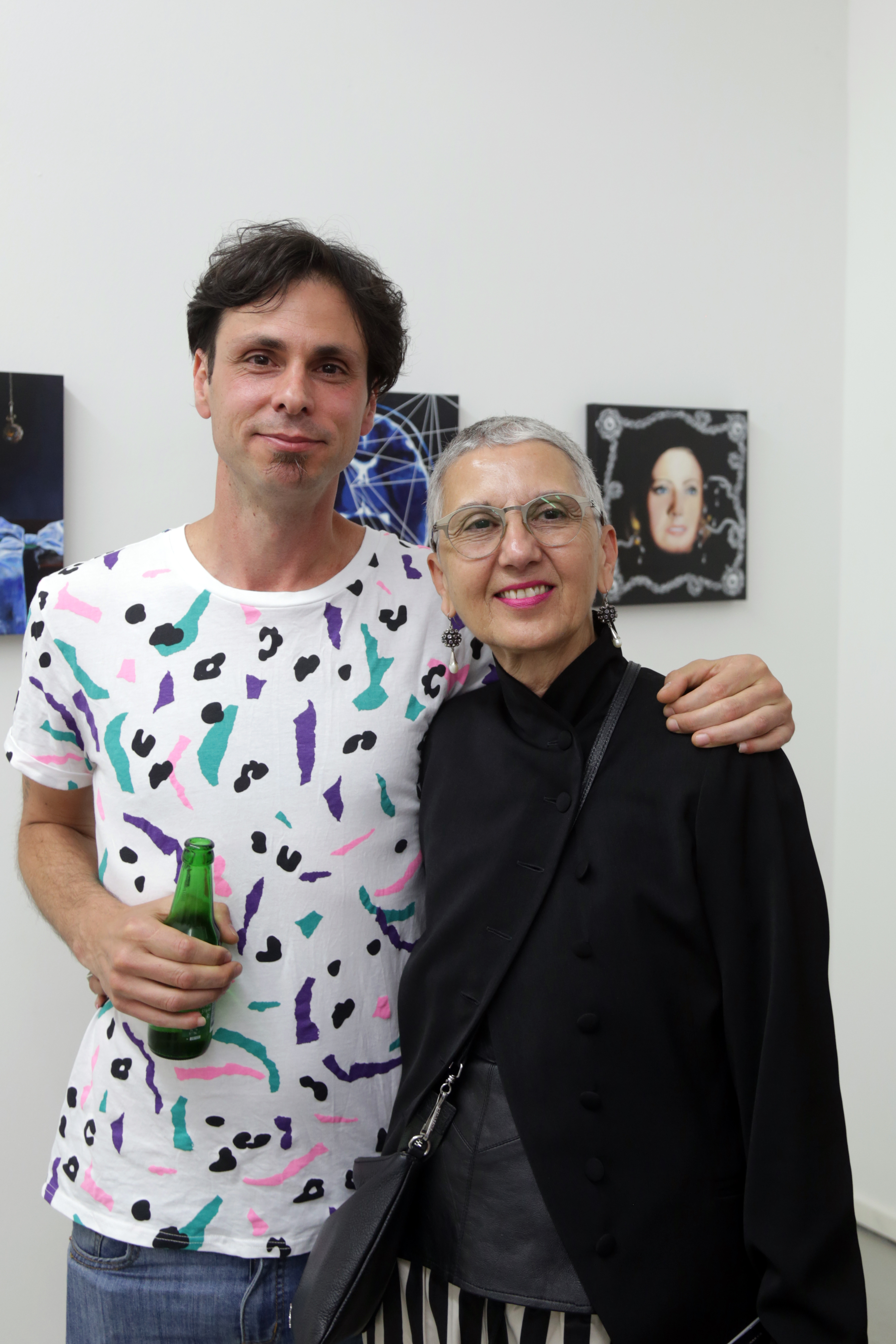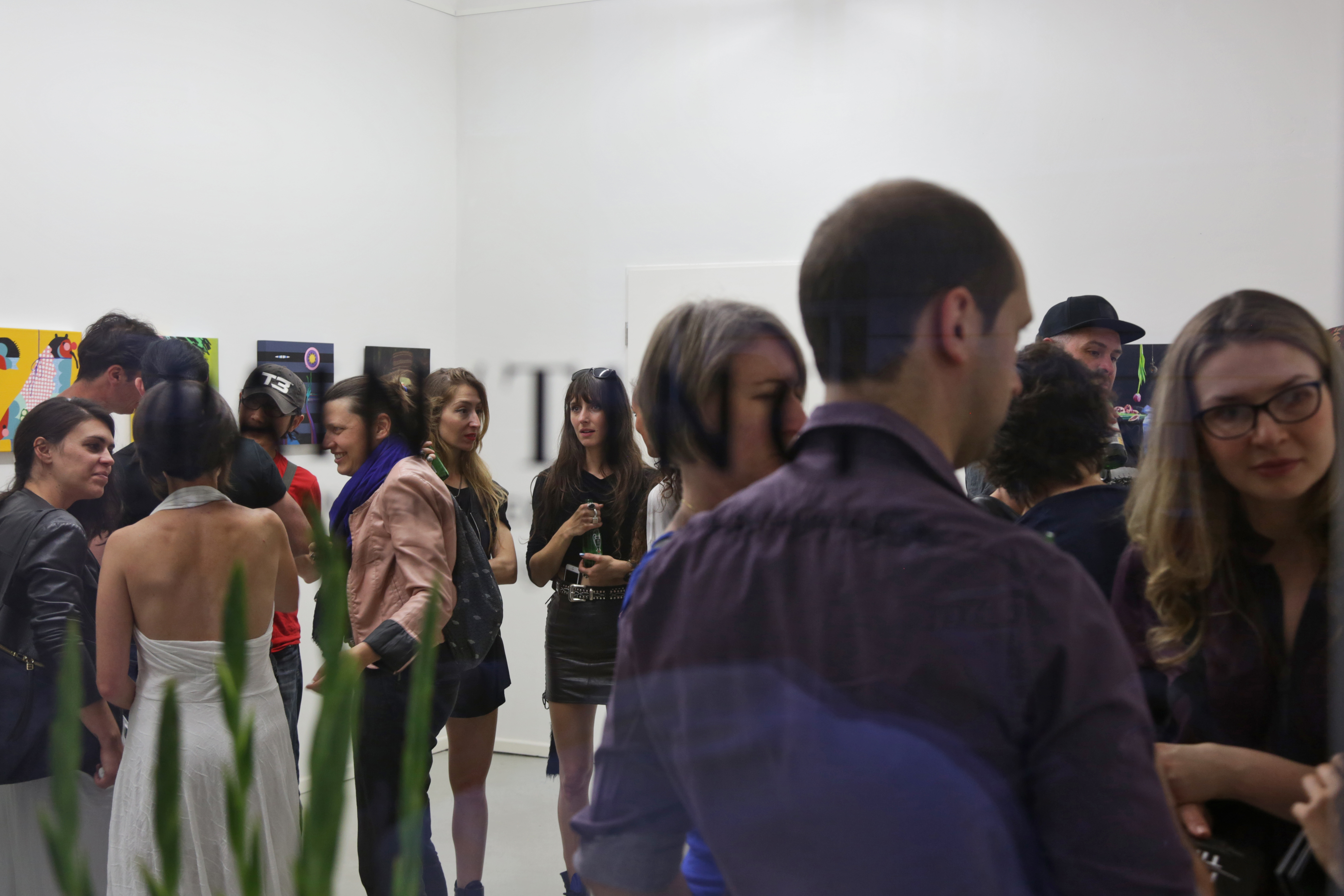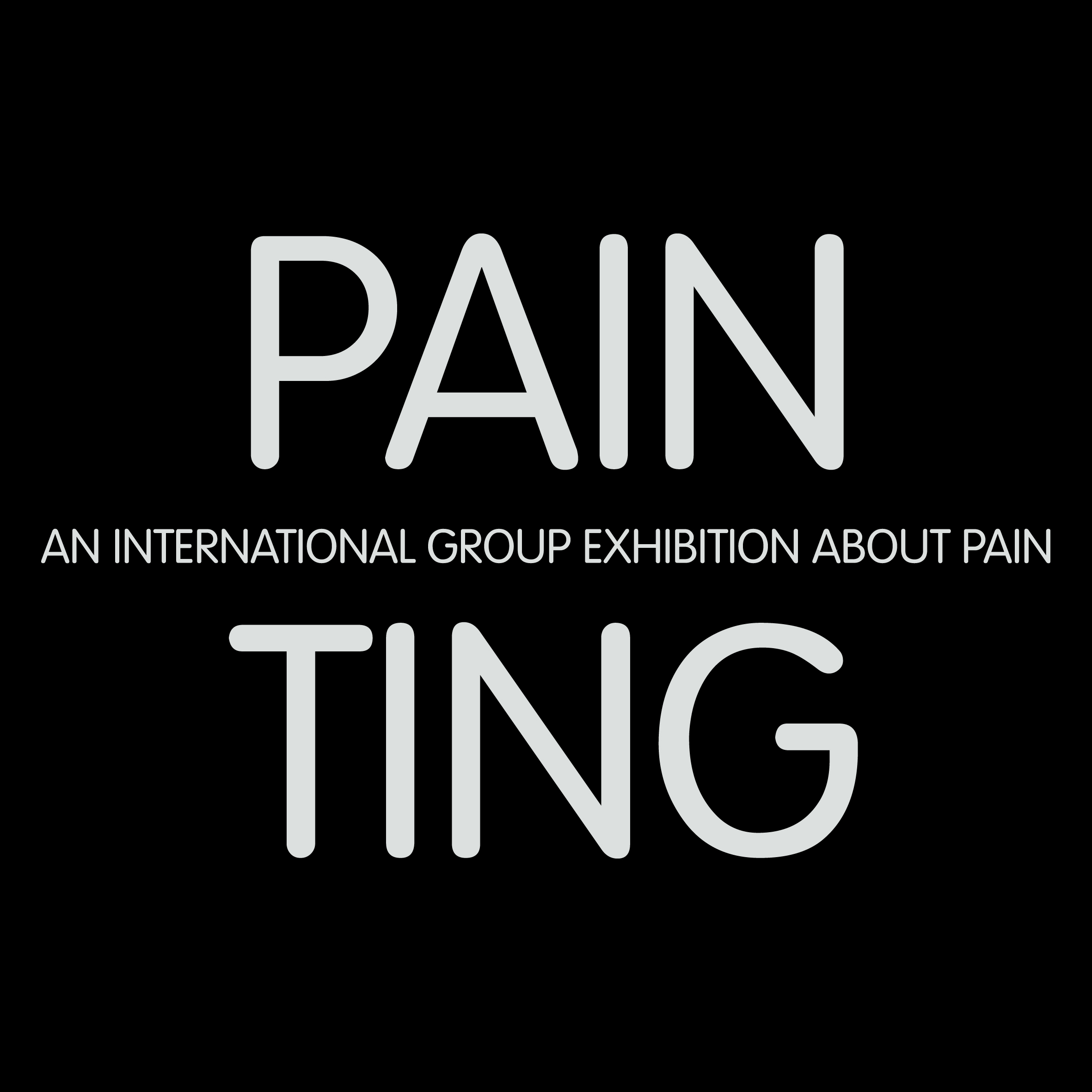PAIN / TING
An international group exhibition about pain.
Curated by Juan Arata and 19 Karen Artspace, Australia.
Exhibition period: August 1st – 15th 2015
The exhibition was hold at Open Walls Gallery Berlin
Participating artists (in alphabetical order): Blo (France- based in Berlin) / Jason Bryant (USA) / James Bullough (USA – based in Berlin) / Richard Denny (Australia) / Esther Erlich (Australia) / Danny Figueroa, aka Wesr (Peru – based in Berlin) / Filthy the Bear (Australia) / Melissa Hartley (Australia) / Kate McCarthy (Australia) / Yosi Messiah (Australia) / Jennifer Mondfrans (USA) / Jaybo Monk (Berlin) / James Reka (Australia based in Berlin) / Johnny Romeo (Australia) / Ben Sheers (Australia) / Skount (Spain – based in Netherlands) / Go Suga (Australia) / Clare Toms (Australia) / Twoone – Hiroyasu Tsuri (Japan based in Berlin) / Dan Withey (Australia) / Guim Tio Zarraluki (Spain) / Juan Arata (Argentina – based in Berlin)
One could say that pain is the result of an imperfect world and that artist search for this perfection through their art and critic. But, would art exist in such a perfect world?
If the answer is yes, then we are forced to accept that art is rather a human code, which is understandable by every single human being, and that it is nothing more than one of the languages we choose to express our feelings and experiences. In this context every single human being is an artist in will. Art makes us humans.
If the answer is no, then we have to accept that the code must be unlock by each of us in order to understand its meaning, and the experience should be almost totally emotional. One could say that the best key to understand art is the artist himself. Knowing the artist, his macro-mental-state, is essential to understand the artist deepness. Conflict defines, therefore, our everyday action and forces the artist to express himself in a semi-self created language that we, as humans, call art. Art is inevitable because suffering is also inevitable.
Is what you do with that suffering what it really matters. Pain, as art, is always subjective. According to the Stanford Encyclopedia of Philosophy “each individual learns the application of the word through experiences related to injury in early life experiences. Like other experiences as conscious episodes, pains are thought to be private, subjective, self-intimating, and the source of incorrigible knowledge. Interestingly, however, when we talk about pains as experiences, we also, in the same breath, talk about feeling them as if these experiences were also the object of some sort of inner perception, which suggests introspection. One is naturally tempted to say that if a pain is not being felt by its owner then it does not exist. Necessarily, if I sincerely believe that I am in pain, then I am in pain. Conversely, if I feel pain, then I know that I am in pain. Again this conditional seems necessarily true. This is the self-intimating aspect of pain experiences.”
Pain is a brain-designed system, which protects us from the surrounding world. One cannot feel it, but perceive it. It is an illusion that motivates us in an emotional experience, and therefore we can hardly describe it. As in arts, it is generated by external stimuli, what artists call inspiration.
Do paint strokes show feelings? Do characters in a painting express emotions? Do we feel the painter’s suffering when we see a masterpiece? Art is always moving, experiencing. It is all about the process, not the purpose.
This show aims to show a selection of 20 artists from around the world and their intimate states of mind. PAIN-TING is curated by Juan Arata in conjunction with 19 Karen Contemporary Artspace, Australia.











